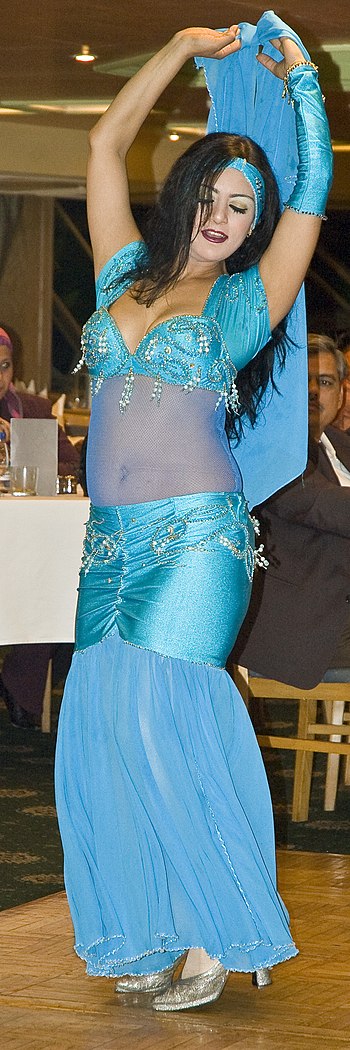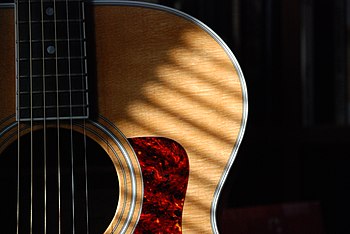 |
| Belly dancer in Cairo, Egypt (Photo credit: Wikipedia) |
Oriental Dance, also known as belly dancing is one of, if not the most sensual styles of dance. It is also one of the most beneficial forms of dance there is healthwise. In addition to the great calorie burning affect of belly dancing there are other health benefits that this form of dance has become famous for over the centuries.
Belly dance has a long and proud history dating back to the dawn of civilization. This style of dance has in its history been used as both an act of worship and an act of seduction. Not always in exclusion of the either as this form of dance is believed by some religions to be a boost for fertility of newly wedded couples.
Belly dance is a style of dance that doesn't require participants to be in optimal physical condition in order to begin. In fact, the low impact nature of this form of movement makes it an excellent choice for those who are not in ideal shape to begin with. This form of dance works the muscles gently with the jarring effects of impact aerobics and other exercise methods. It also works the belly, which is often the problem area for many who aren't in the best of shape. You should also find that you will strengthen your back through belly dance as you progress. This will also help with almost every aspect of your physical fitness routine. More importantly for those who are a little (or a lot) out of shape is the belly dance burns an average of 300 calories an hour. This means that if you practice one hour a day you are burning over 2,000 calories per week.
For those who celebrate their womanhood, there is no better form of dance to express that joy. Belly dance has a long history as a celebration of being female. From being used in ceremonies in the temple to being used to entice and seduce the unwitting belly dance is a celebration of simply being a girl.
If you are afraid to begin your belly dance lessons in a class full of other men and women you can always opt to purchase videos and DVD lessons. There are many of these lessons from which to choose, even lessons that focus on the mental and/or healing aspects of Oriental dance if that is where you feel you need to focus your efforts. Belly dancing is a great deal of fun in addition to being a decent form of getting much needed physical activity.
If you plan to belly dance, you should understand that the costume is part of what sets the mood or the tone. While you do not need all the bells and whistles, the general consensus is that baring your midriff puts you in the state of mind that is most suitable for belly dancing. For this reason it is recommended that you wear clothes that bare your belly such as low-rise yoga pants and a sports bra or some other belly-baring shirt for your practice sessions. This also helps your instructor see if you are making the moves correctly.
If you decide to partake in belly dancing classes, congratulations! You will be joining an historic group of women that date back to what many believe is the very beginning of time. You should also have a new hobby that is both entertaining and healthy.
















